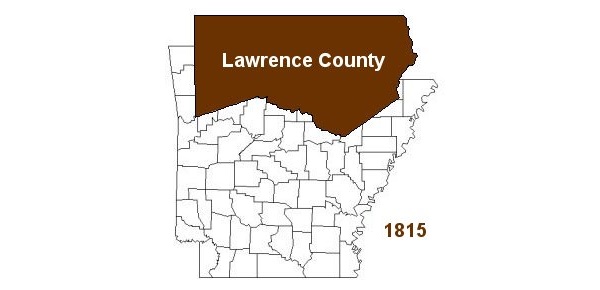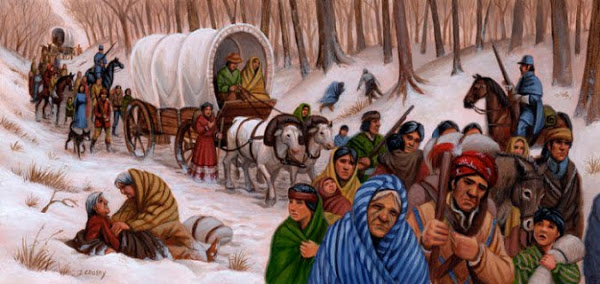Upland Slavery and Randolph County
Recent historic research has revealed that Randolph County may have the dubious distinction as being the location where African-American slavery began in Arkansas. Agriculture above the subsistence level in Arkansas began not in the delta lands to our east but rather in the upland river and creek bottoms of Randolph County. These properties contained very rich soil, were well drained, and were also well watered.
When Fielding Stubblefield established his farm along both sides of the Eleven Point River from what’s now Dalton to the Missouri line in 1803, he wrote in his journal that the top soil in the Eleven Point Valley was six feet deep.

Rice House, Dalton Arkansas
When early settlers, such as the Looneys, Rices, and Stubblefields arrived here in the first years of the 19th Century, they brought African-American slaves with them from Tennessee.
These slaves worked in agriculture, but they were also the artisans and craftsmen who built the structures such as the William Looney Tavern and the Rice House as well as serving as blacksmiths, carpenters, and in other skilled trades.



